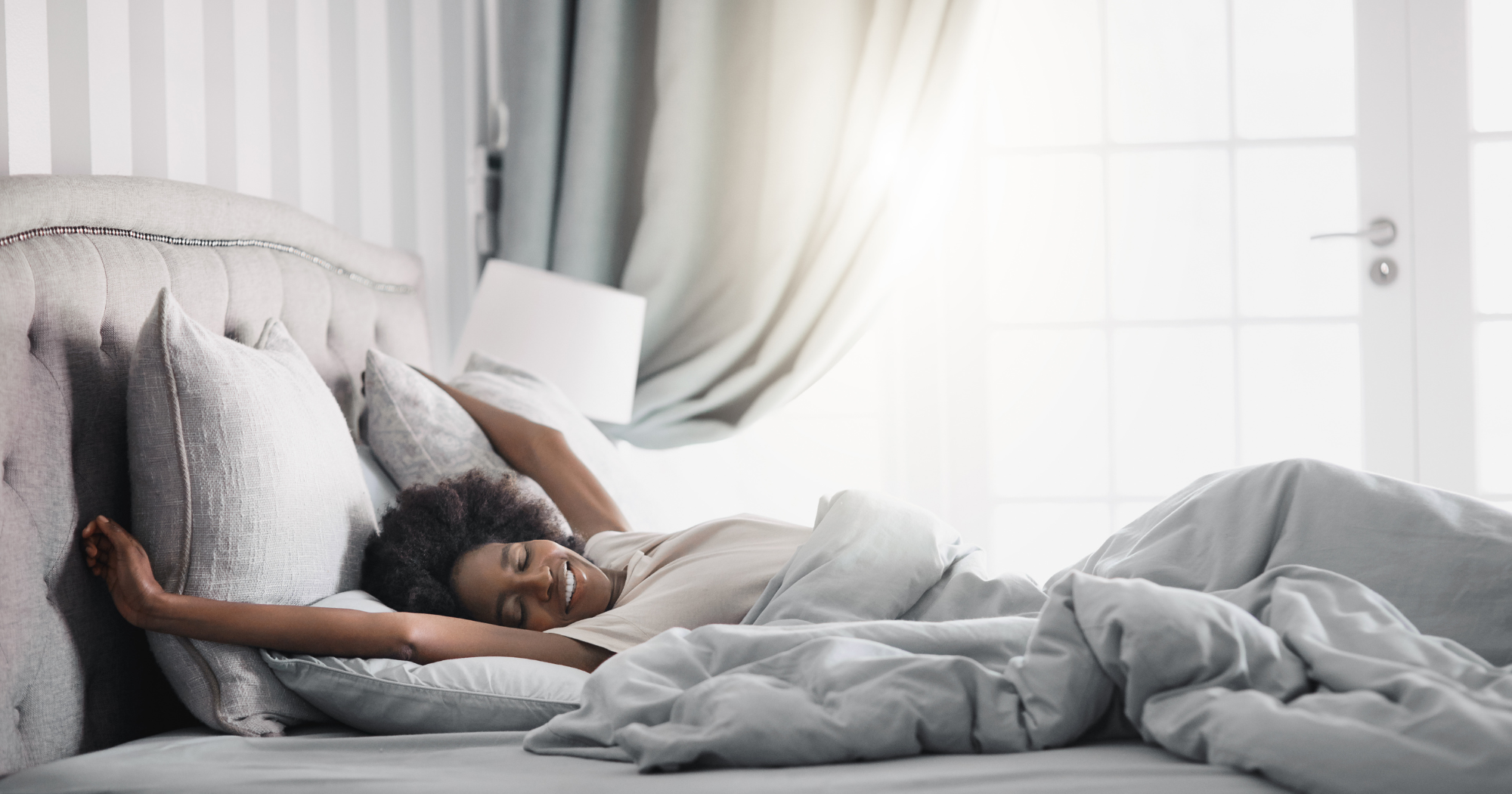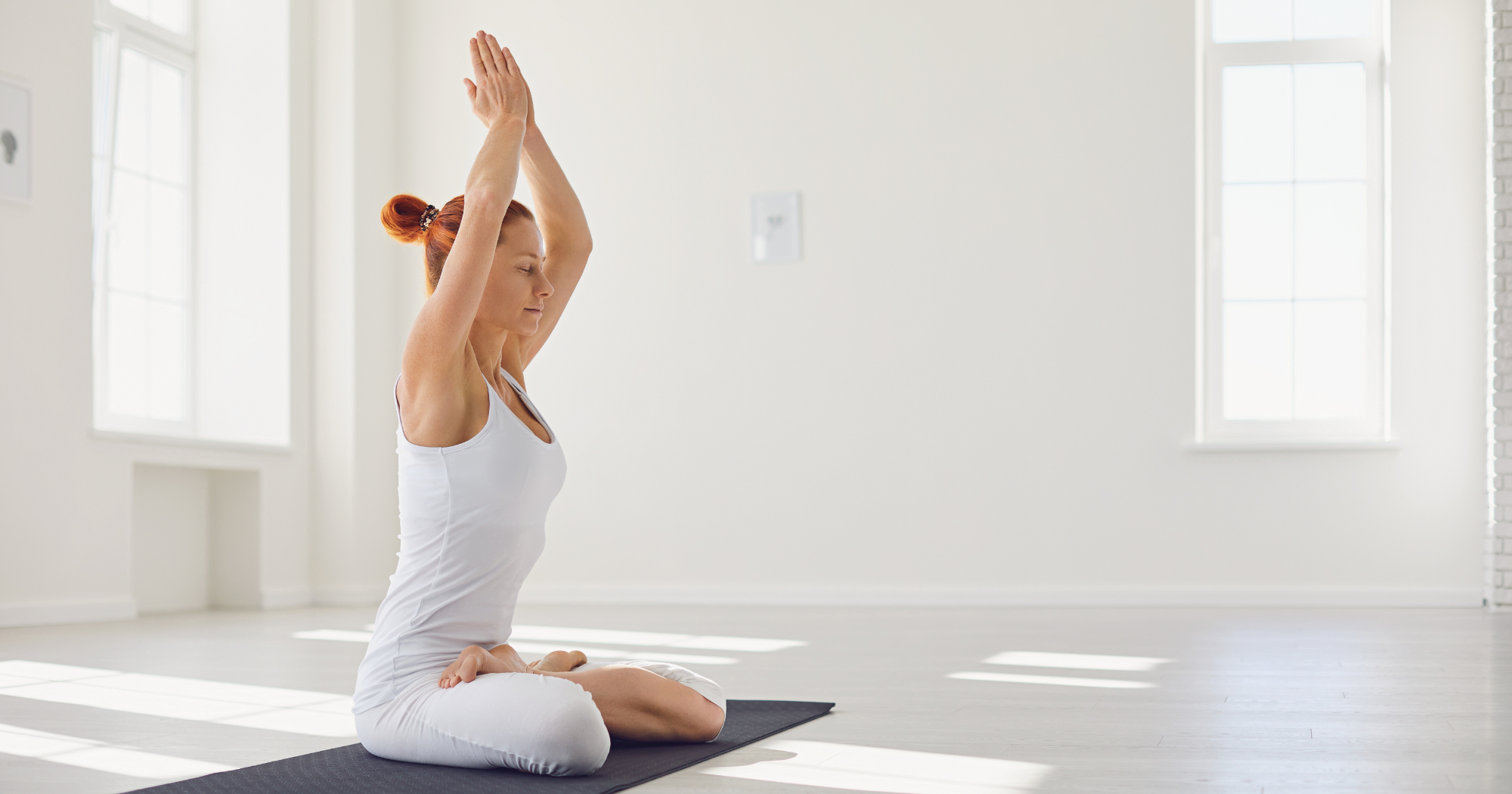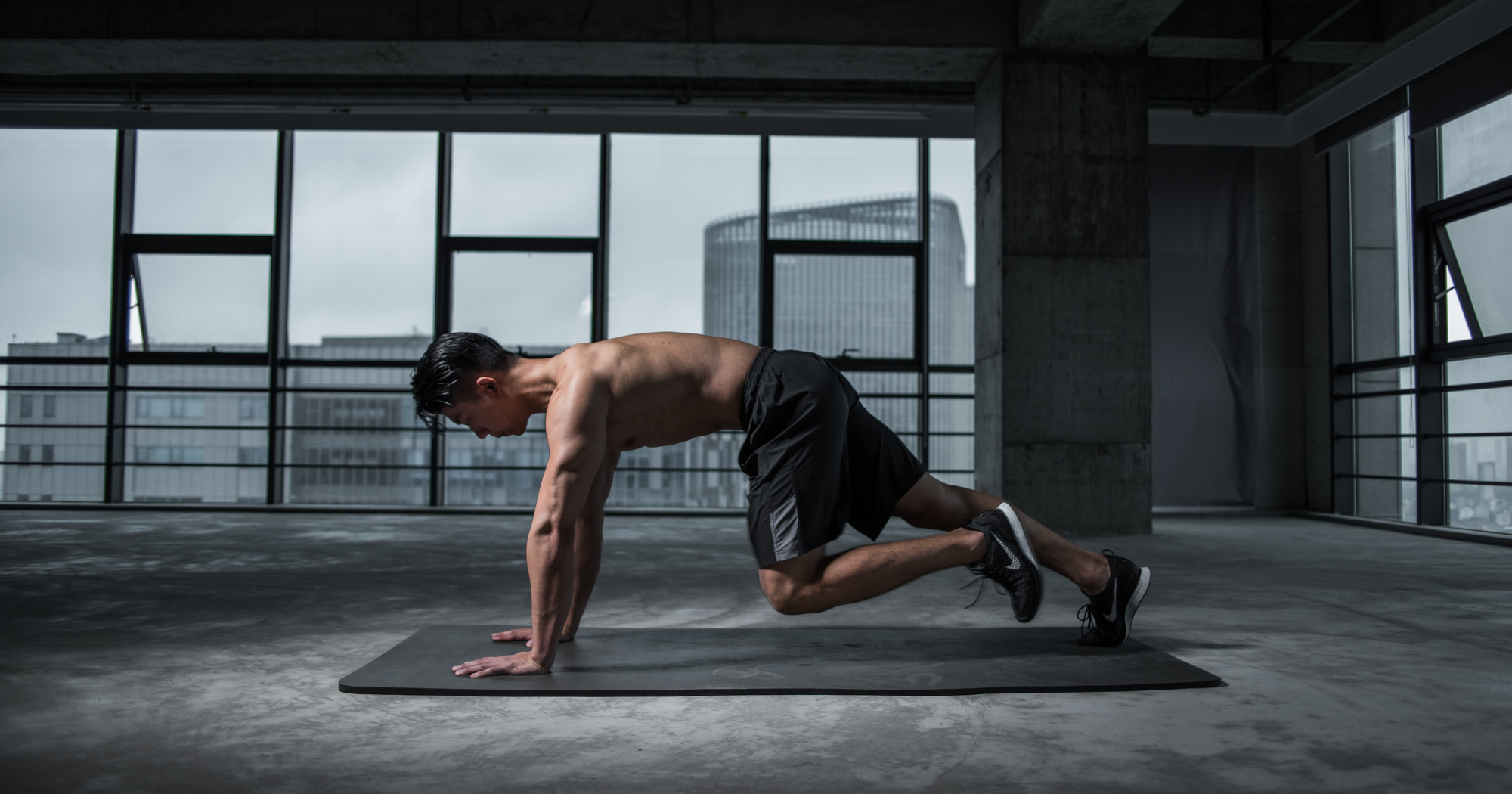
The Benefits Of Indoor Cycling
, by Joris Lans, 5 min reading time
Plus de 1 200 clients satisfaits  (4.7/5)
(4.7/5)

, by Joris Lans, 5 min reading time

1. Low impact
Indoor cycling is a low impact activity. People recovering from orthopedic injuries often participate in indoor cycling as part of the rehabilitation protocol. When cycling is done correctly, the impact on the hip, knee and ankle joints is minimal. A person, whether recovering from an injury or not, avoids the pounding that comes with other activities such as running.
2. Muscle Endurance
Muscle endurance refers to the ability of a muscle to apply force continuously and repeatedly for an extended period of time. Pedaling against the resistance during indoor cycling increases the endurance of the muscles in the legs, including the quadriceps, hamstrings and calf muscles. Working these muscles also helps to strengthen the surrounding bones and tendons, increasing overall strength so that daily activities can be easily performed.
3. Stress levels
We've all heard about the runner's high. An indoor cycling class can deliver the same adrenaline rush and a release of happy mood-inducing neurotransmitters known as endorphins. Endorphins tend to create feelings of euphoria, lower stress levels, and enhance the body's immune response.
4. Cardiovascular
ACSM recommends that healthy adults get at least 150 minutes of moderate-intensity exercise per week. Training recommendations can be achieved by 30-60 minutes of moderate intensity exercise (five days a week) or 20-60 minutes of high-intensity exercise (three days a week). An indoor cycling class can keep your heart rate in a powerful range for about 45-60 minutes. As with all continuous cardiovascular activities, an indoor cycling program can help lower the risk of coronary artery disease.

1. Seat height
This adjustment puts your body in a comfortable and powerful riding position. Your leg should be extended as far as possible when the pedal is on the floor and at the same time you should sit comfortably in the chair and feel that you can easily reach this bottom position.
2. Send
Move the handlebars up or down, and forwards and backwards, so that you can reach them comfortably with a high back, open chest, relaxed shoulders and a slight bend in your elbows.
3. Seat forward / backward
The seat adjustment is designed so that you can align your knee neutrally above the pedal. The center of this adjustment matches the average rider.
4. Foot placement
After you have adjusted the saddle and handlebars, jump on the bike and place your foot in the tennis shoe holder. Place the ball of your foot in the center of the pedal. Fasten the strap. Do a few pedal strokes both in and out of the saddle. Change anything that feels uncomfortable. If you're taking a cycling lesson, the instructor should be able to help you make any adjustments.


